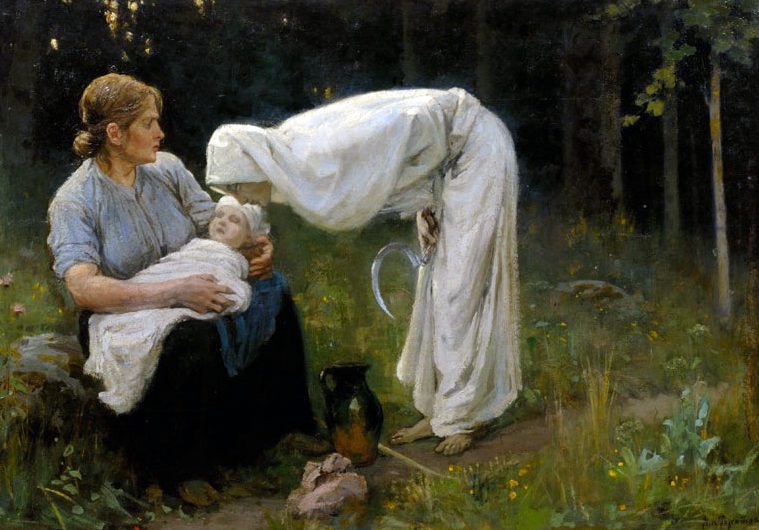
Janis Rozentāls, a seminal figure in Latvian art, was born on March 18, 1866, in the picturesque town of Saldus, which was then part of the Russian Empire. Growing up in a region teeming with natural beauty, Rozentāls’ early life was infused with a deep appreciation for the landscapes that would later become a prominent motif in his artistic endeavors.
Artistic Beginnings
In 1884, Rozentāls embarked on his artistic journey by enrolling at the St. Petersburg Academy of Arts. Under the tutelage of renowned Russian artists like Ilya Repin, the young Latvian painter honed his skills and developed a keen understanding of the techniques and traditions of European art. This period of academic training laid the foundation for Rozentāls’ future exploration of diverse styles and thematic elements in his work.
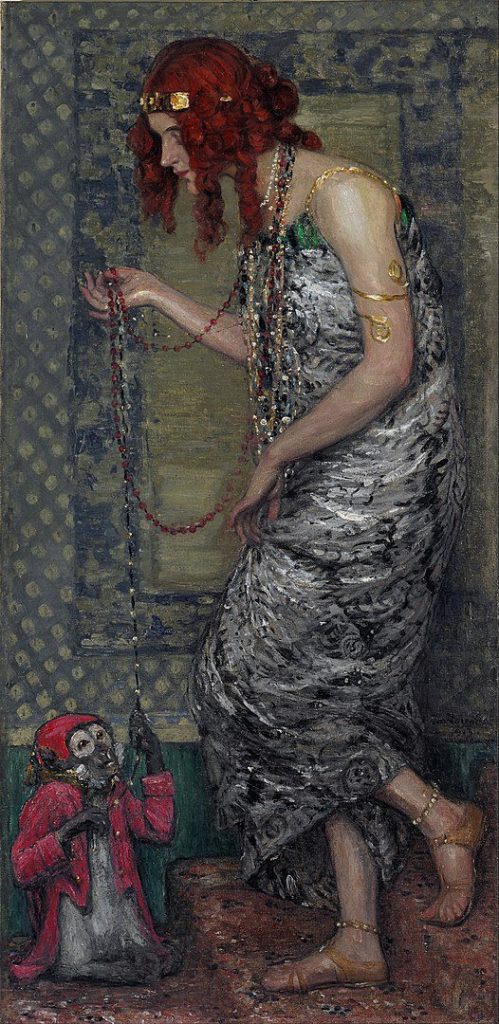
The late 19th century witnessed a burgeoning sense of national identity and cultural resurgence in Latvia. This zeitgeist played a pivotal role in shaping Rozentāls’ artistic sensibilities. Upon completing his studies in St. Petersburg, he returned to his homeland and became actively involved in the vibrant cultural scene of Riga. Rozentāls, along with other like-minded artists, sought to cultivate a distinct Latvian art that reflected the nation’s unique spirit and heritage.
Versatile and Evolving
Rozentāls’ oeuvre is characterized by a versatile and evolving style. In the early stages of his career, he demonstrated a proficiency in portraiture, capturing the essence of his subjects with a nuanced understanding of psychology and emotion. Works such as “Portrait of a Young Lady” (1891) and “Portrait of a Woman” (1896) exemplify his ability to convey individuality and depth through the medium of portraiture.
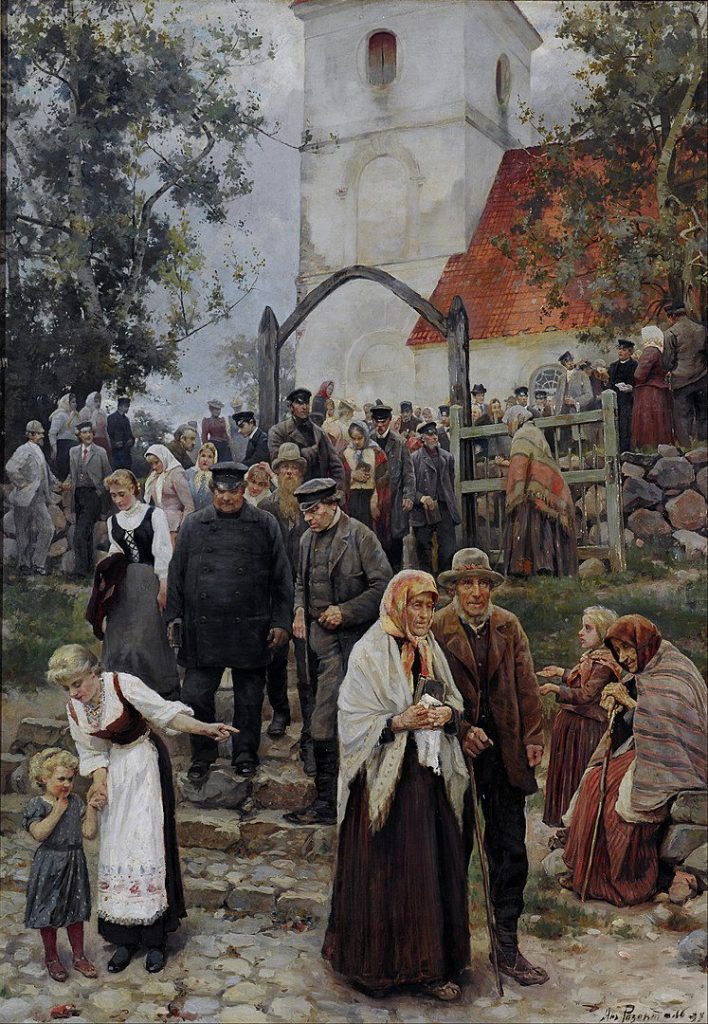
The turn of the century marked a period of significant transition for Rozentāls, both artistically and personally. In 1900, he established the Riga City Art School, where he not only contributed to the development of aspiring artists but also fostered an environment conducive to artistic experimentation. This dedication to education and mentorship solidified Rozentāls’ role as a central figure in the Latvian art scene.
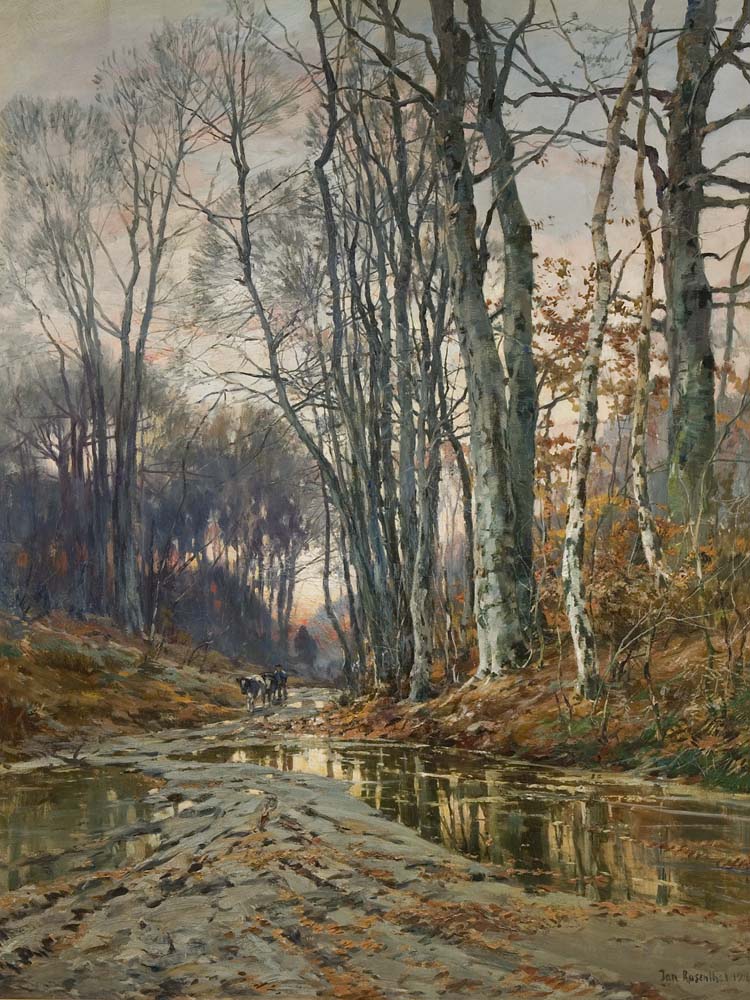
As an artist, Rozentāls embraced the prevailing Art Nouveau movement, infusing his work with decorative elements, sinuous lines, and a fascination with nature. The painting “Fire” (1903), a masterpiece of the Art Nouveau style, exemplifies Rozentāls’ ability to blend symbolism with a sophisticated aesthetic sensibility. The swirling flames and ethereal figures in the composition evoke a sense of mysticism and elemental power.
Rozentāls’ affinity for the Latvian landscape emerged prominently in his later works. The rural surroundings of his childhood, characterized by lush forests, serene lakes, and rolling hills, became recurrent themes in his paintings. The artist’s deep connection to nature is evident in works like “Birch Trees in Autumn” (1910) and “In the Forest” (1912), where he captured the changing seasons with a keen eye for color and atmosphere.
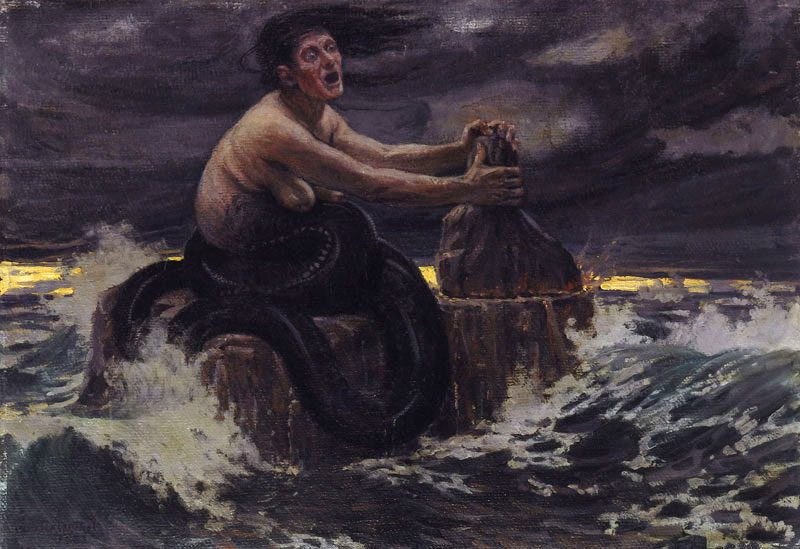
The outbreak of World War I brought about profound changes in the geopolitical landscape, and Latvia found itself swept into the tide of historical events. Rozentāls, like many of his compatriots, faced the challenges of a nation in flux. The turbulence of the war and subsequent social and political upheavals left an indelible mark on Rozentāls’ artistic output. His later works, such as “The Red Soldier” (1918), reflect a somber and introspective mood, echoing the collective struggles and aspirations of the Latvian people during this tumultuous period.
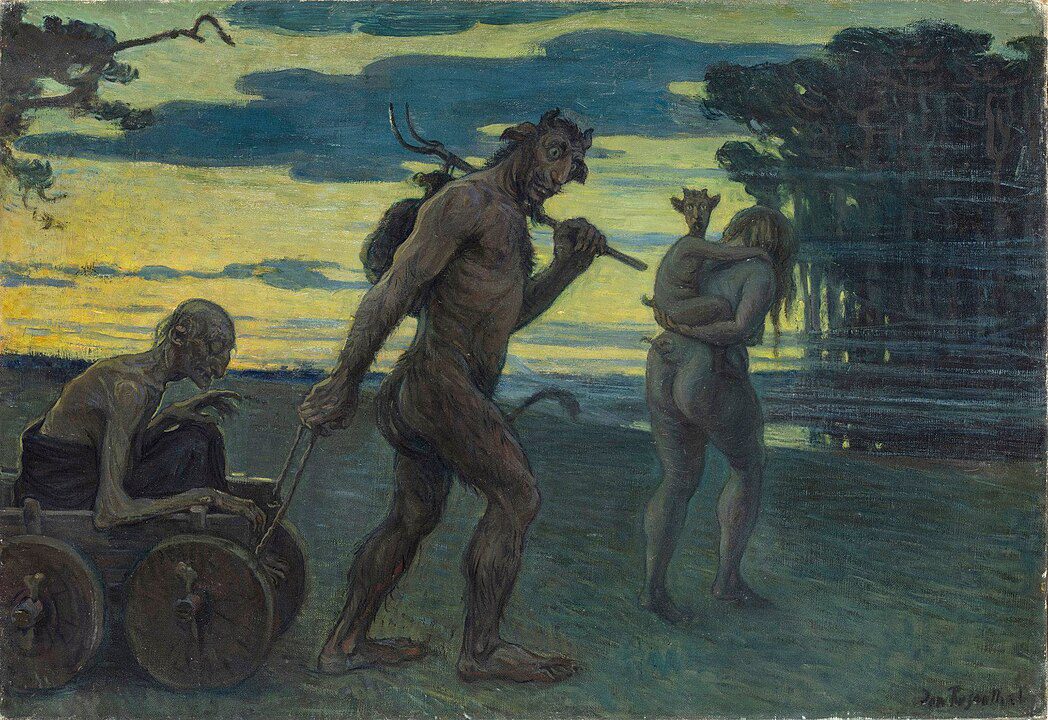
Despite the challenges of war and revolution, Rozentāls remained committed to the cultural and artistic development of Latvia. In 1920, he became the director of the Latvian National Museum of Art, a position he held until his death. His leadership played a crucial role in shaping the institution and fostering a sense of national pride through the celebration of Latvian art and cultural heritage.

Janis Rozentāls’ legacy extends beyond his artistic achievements. His contributions to the establishment of a national art school and museum underscore his commitment to nurturing the cultural identity of Latvia. As a painter, teacher, and cultural advocate, Rozentāls played a pivotal role in the cultural renaissance of his homeland during a transformative period in its history.
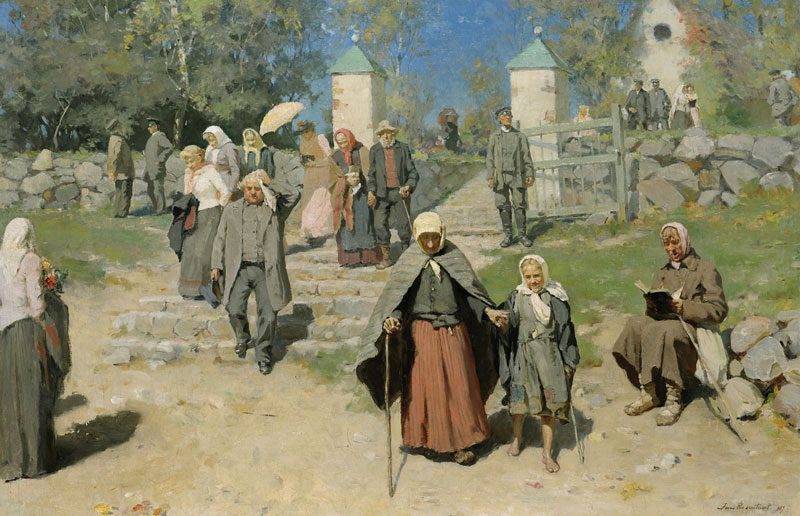
Tragically, Janis Rozentāls’ life was cut short on December 26, 1916, at the age of 50. However, his impact endured, leaving an indomitable imprint on the trajectory of Latvian art. The Janis Rozentāls Art Award, established in his honor, continues to recognize and celebrate outstanding achievements in Latvian visual arts, ensuring that his legacy remains a source of inspiration for generations to come.




